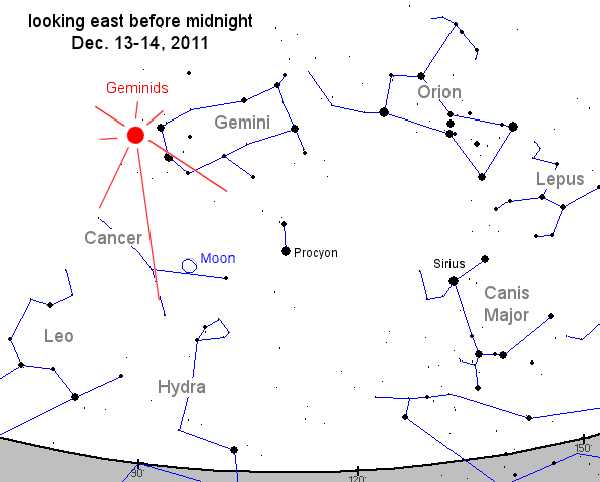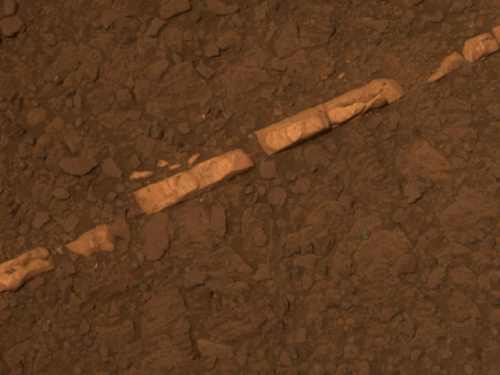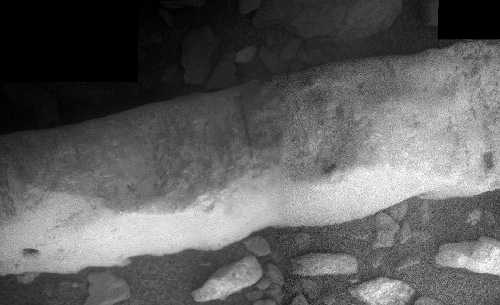- Lake County News reports
- Posted On
STATE: Attorney general announces creation of eCrime Unit targeting technology crimes
"Today's criminals increasingly use the Internet, smartphones, and other digital devices to victimize people online and offline," said Attorney General Harris. "I am creating the eCrime Unit so that California can be a leader in using innovative law enforcement techniques to target these criminals. The eCrime Unit will be comprised of investigators and prosecutors charged with working across jurisdictions and leading task forces to protect California consumers and businesses."
The eCrime Unit investigates and prosecutes crimes that include a substantial technology component.
Examples and descriptions of the kinds of crimes that the unit will prosecute are:
Identity theft: The Internet provides new ways for criminals to steal personal information and identities whether through email phishing scams or trolling the Internet for personal information about others.
Fraud committed using the Internet: This includes scams perpetrated via email and on Internet auction Web sites.
Theft of computer components or services: Burglary and robbery of computers or other electronic devices by highly-organized gangs at manufacturing sites, storage facilities and retail stores.
Intellectual property crimes, such as counterfeiting or piracy: Large numbers of Web sites and online networks exist solely for the unauthorized distribution of copyrighted material, such as movies, music and software.
Child exploitation: Disrupting online child pornography networks and those who commit sex crimes against children using the Internet or social media.
Many of these crimes are multi-jurisdictional and are better suited for prosecution on a statewide level.
The eCrime Unit, which began operations in August, consists of 20 attorneys and investigators, many of whom have spent years working on complex technology crimes.
Technology crimes affect consumers, businesses and the state government's operations. California had 10 of the top 25 metropolitan areas for identity-theft related consumer complaints in 2010.
According to the Federal Trade Commission, California has the most identity theft complaints of any state and third highest per capita. In fact, every year, more than 1 million Californians are victims of identity theft. Total losses throughout the state exceeded $46 million last year.
"Every year, California loses millions of dollars because the intellectual capital of our state is being hijacked by criminal elements," said Assemblywoman Nora Campos, D-San Jose. "The addition of the eCrime Unit to California's fight against technology crimes sends a clear message that we are determined to root out this type of illegal activity."
The eCrime Unit will also provide investigative and prosecutorial support to the five California regional high-tech task forces funded through the High Technology Theft Apprehension and Prosecution Trust Fund Program and provide coordination for out-of-state technology-crime investigation requests.
The eCrime Unit also will develop and provide training for law enforcement officers, prosecutors, the judiciary, and the public on cyber safety and the importance of strong information-security practices.
"As the importance of the Internet to our economy has grown, criminals have moved online to steal valuable information and goods from individuals and businesses," said Santa Clara District Attorney Jeffrey Rosen. "In the 21st Century, law enforcement will be increasingly combating online criminal activity. The Attorney General's eCrime Unit will provide much needed resources and expertise to thwart and prosecute online criminals who cause billions of dollars in damage every year."
Attorney General Harris outlined several cases that exemplify the work of the eCrime Unit.
In July, George Bronk, a Sacramento-area man was sentenced to more than four years in state prison after hacking into email addresses and Facebook accounts of victims by finding answers to email security questions. He found indecent pictures and video and then blackmailed the victims. The victims in this case were located in at least 17 states and United Kingdom. More information on the case can be found http://www.oag.ca.gov/news/press_release?id=2541&y=&m=6.
Attorney General Harris also announced the filing of five felony charges against Chen Zhang on Dec. 8 in San Joaquin Superior Court.
Zhang is being charged with possession of unauthorized and counterfeit jewelry from five different companies. Investigators for the Attorney General's Office seized an estimated $1.5 million of counterfeit goods from her residence in Tracy, California on Nov. 3.
In another case, defendants allegedly ran an identity theft scam at ATM vestibules across seven counties. They allegedly used a card reader to capture victims' card numbers and a hidden camera to capture the PIN numbers. Total losses are estimated to be $2 million.
The case (California v. Aroutiounyan) originated in San Luis Obispo County, but the Department of Justice eCrime Unit was able to investigate and charge the entirety of the scheme across all seven counties.
Harris also announced the launch of a new web site devoted to cyber safety, which can be found at http://oag.ca.gov/cybersafety. The Web site contains information about online child safety, identity theft prevention tips and help for victims.
Follow Lake County News on Twitter at http://twitter.com/LakeCoNews, on Tumblr at www.lakeconews.tumblr.com, on Google+, on Facebook at www.facebook.com/pages/Lake-County-News/143156775604?ref=mf and on YouTube at www.youtube.com/user/LakeCoNews .

 How to resolve AdBlock issue?
How to resolve AdBlock issue? 










